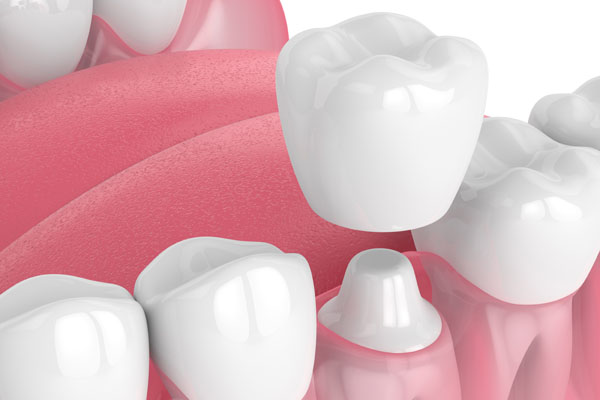Dental Plaque: Removing It at Home

Dental plaque, a sticky film that accumulates on the surface of teeth, can be incredibly damaging and lead to tooth decay and other oral health issues.
It is important to properly remove dental plaque whenever it begins to form in order to prevent it from attacking dental enamel.
How to remove dental plaque at home
When dental plaque is removed in a timely manner, it does not pose much of a threat to our oral health. However, dental plaque can be concerning if it is not properly removed and remains for an extended amount of time.
Brush frequently
Most dental plaque can be removed by brushing your teeth. However, since dental plaque can form constantly throughout each day, it is important to brush several times a day.
Additionally, be sure to brush every part of the mouth, not just the most visible areas. While it may seem obvious, many fail to properly brush the harder-to-reach areas of the teeth, along with the gums, which is where dental plaque has the highest tendency to accumulate.
Floss and use mouthwash
As mentioned, dental plaque forms when substances found in food, drinks and other consumables combine with the natural bacteria in our mouth. Since food particles have a tendency to wedge in between teeth, it is normal to have dental plaque in those areas.
Subsequently, it is important to floss and use mouthwash at least once a day to remove dental plaque from in between teeth and other areas that cannot be reached by a toothbrush.
Use fluoride
Fluoride helps strengthen enamel and fight off attacks on enamel by bacteria found inside dental plaque. By using fluoride, dental plaque is far less damaging to our teeth.
Not only does the fluoride found in fluoride-based toothpastes and mouthwashes help remove dental plaque, but it also helps protect our enamel when plaque does attack our teeth, and it can remineralize some damaged enamel if erosion has begun.
Avoid harmful foods and drinks
As mentioned, dental plaque forms when sugar, starches and other harmful substances combine with bacteria found in the mouth. In order to prevent dental plaque from accumulating in the first place, try avoiding harmful foods and drinks.
If giving up coffee or sugar is simply not an option, be sure to take extra precaution and brush, floss and use mouthwash more frequently throughout each day in order to remove any dental plaque that starts to form.
Do not use tobacco products
Tobacco products can lead to a significant buildup of dental plaque, which puts those who use tobacco at an increased risk of developing cavities, suffering from gum disease and eventually losing their teeth earlier than desired.
Anyone who uses tobacco products and is worried about accumulating too much dental plaque should consider quitting tobacco use. For those who are unable to do so, be sure to take extra caution and ensure a good oral hygiene routine is in place to prevent a buildup of dental plaque.
Are you considering a dental cleaning in the Everett area? Get more information at https://gkdentaloffice.com.
Recent Posts
Practicing good oral hygiene basics is the best line of defense against cavities, abscesses and other problems that can plague a person’s mouth. A visit to the dentist can show someone where changes need to be made and help direct improvements in cleaning habits. The following information can more fully explain what needs to happen…
Tooth decay is something that everyone has to deal with at one point or another in life. It is the act of the teeth literally deteriorating as a result of cavities. Tooth decay can be difficult to prevent, but having an understanding of what makes someone more susceptible to it can be helpful. Continue reading…
Avoiding cavities, also commonly known as tooth decay, is one of the more important things someone can do to ensure their overall good oral health. When someone is diagnosed with a cavity, it means that they have permanently damaged the tooth. In order for them to have their tooth fixed, they will need to make…
Your toothbrush is your first line of defense against cavities and tooth decay because it helps to remove the plaque in your mouth and maintain strong and healthy teeth. However, most people do not properly take care of their toothbrushes, which can leave your teeth and mouth vulnerable to diseases.If you want to learn how…


